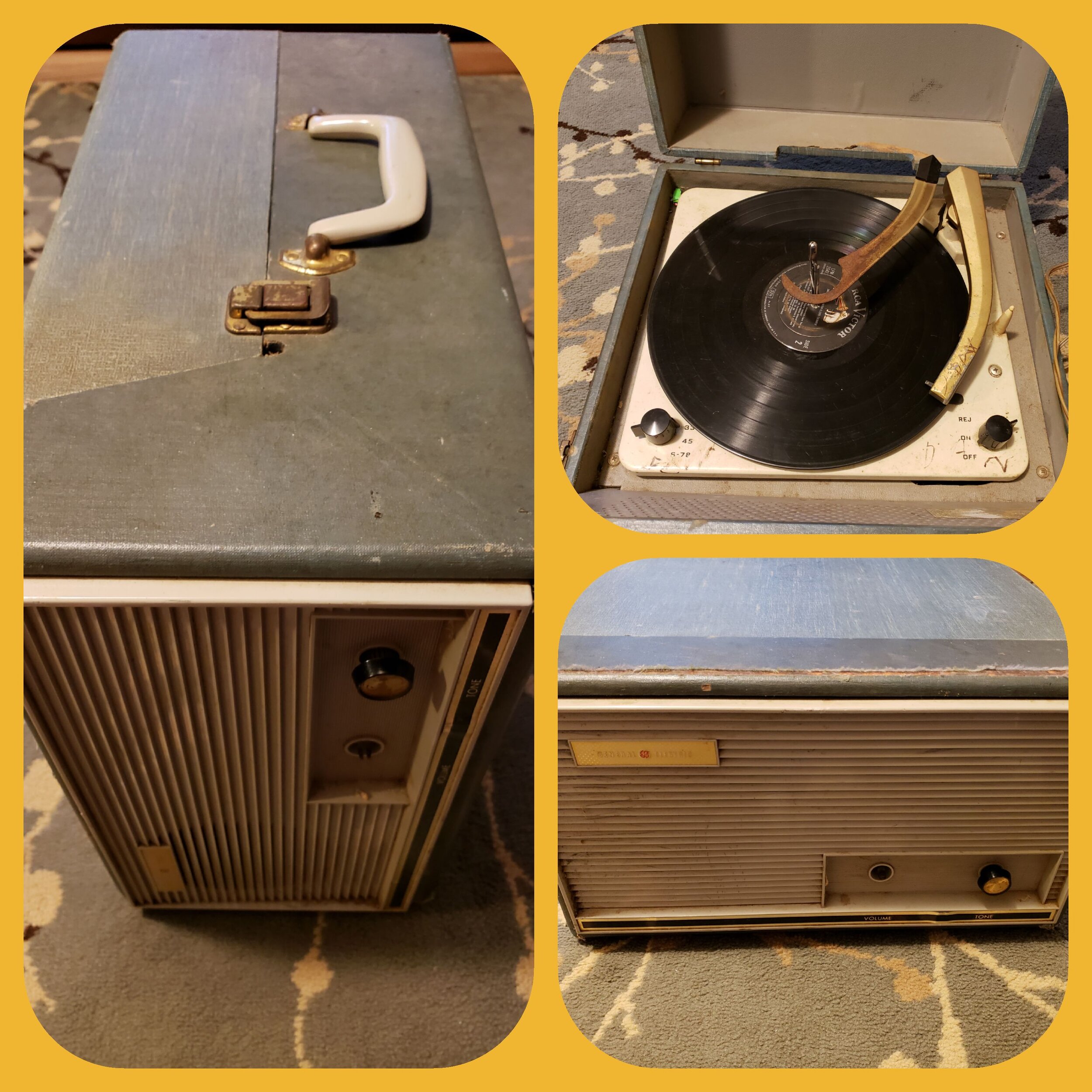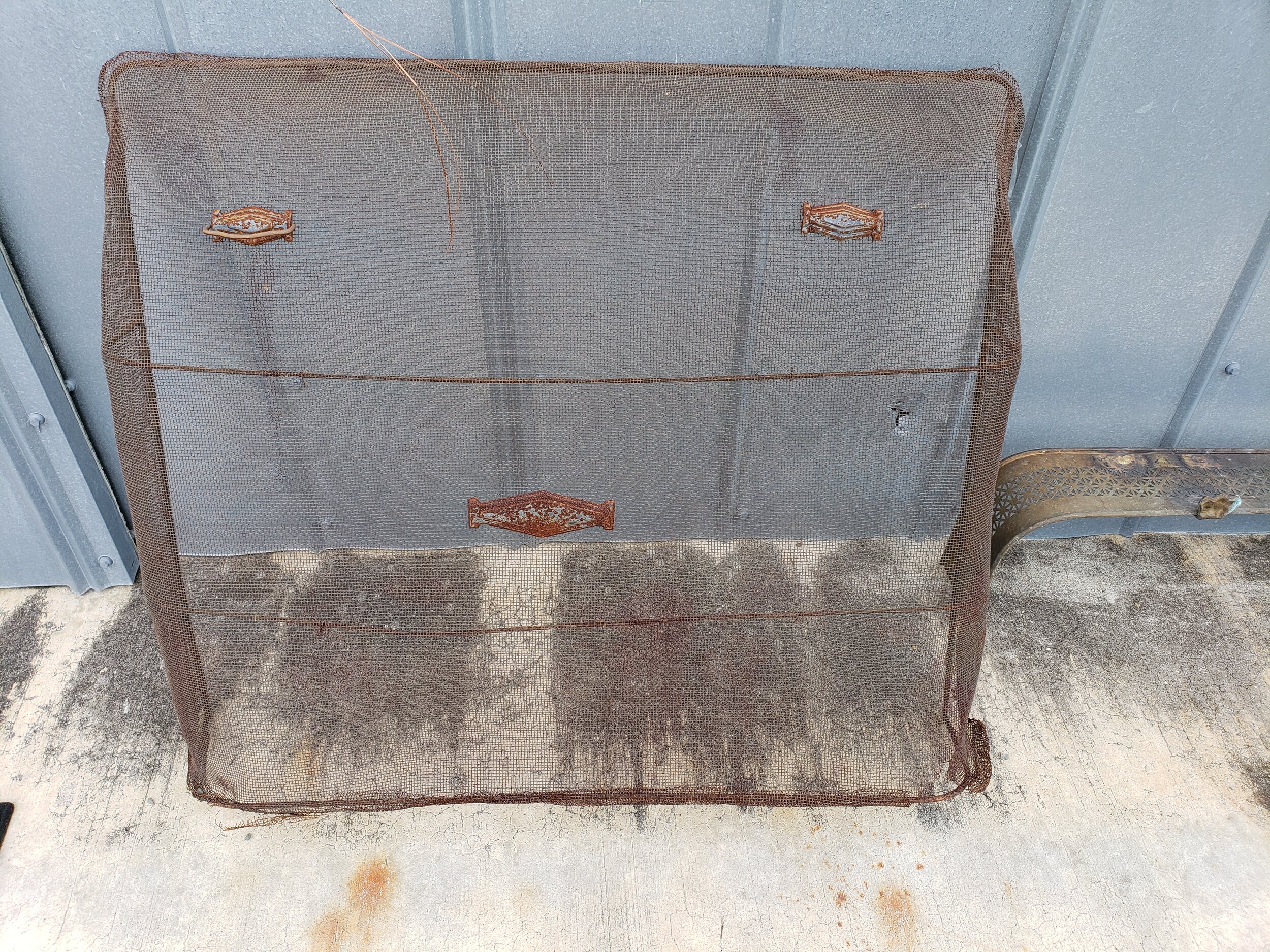Various Items
W. Lima, as he signs his work, was born in Salvador in 1934. He went to Rio de Janeiro at a young age, where he studied at the School of Visual Arts. He was a student of Bustamante Sá.
Lima's work is inspired by different elements of Brazilian culture, especially that of his own hometown, where the main activity is fishing. The region is also recognized for its music and its Afro-Brazilian religion.
Hearing impaired from birth, he uses his beautiful canvases to communicate.
He said, "Painting is my mode of expression par excellence, for I suffer an auditory deficiency since I was 16 years old. In this sense, all my canvases are my vehicle for communicating. I can spend hours in my studio painting themes that are deeply rooted to childhood memories and adolescent experiences. What also inspires me are the things and smells that originate in my imagination, which I try to convey through my paintings."
-Sold-1970’s Painting by Hank Whitethorn in Antique Wood Fame
Navajo artist Hank Whitethorne comes from a very remote part of the Navajo Nation. Close to the Four Corners he is inspired by many different landscapes. The high peaks of the Rocky Mountains, deep reds of the Monument Valley mesas and the striking blue of Lake Powell. His art is as diverse as his home’s landscape.
Hank is one of the most famous artists of our time and his pieces are simply incredible.
Remington Typist Table
Antique 1940’s Underwood Standard Desk Top Typewriter
Underwood Typewriter Company was founded in 1895 by John T. Underwood. Prior to founding the company, the Underwood family produced carbon paper and typewriter ribbon and starting in 1874.
They manufactured these products for Remington, but after Remington decided to manufacture ribbons on their own, the Underwoods shifted to typewriters.
A German-American by the name of Franz Wagner invented the first Underwood typewriter. When he showed it to a young entrepreneur named John T. Underwood, Underwood like it so much that he bought the company.
The Underwood No.1 and Underwood No. 2 were manufactured from 1896 to 1900 and were labeled Wagner Typewriter Co.
The Underwood No. 5 came out in 1900 and by 1920, sales had reached two million. Sales of the Underwood No. 5 were equal to all of the other typewriter manufacturers combined. They were the world’s biggest and most prominent typewriter manufacturer, and their factory in Connecticut was making one typewriter every minute.
In 1910, Underwood began including adding and subtracting machines to their typewriters. By 1939, Underwood Typewriter Company had produced more than five million machines.
Underwood attempted to promote itself by building the largest typewriter in the world. It was on display in Atlantic City for several years. Each key was big enough for a grown person to sit on.
Unfortunately, typewriter production paused during World War II, and the huge typewriter was taken apart for metal when Underwood transitioned to making M1 carbines.
In 1959, Italian-owned Olivetti purchased a controlling stake in Underwood, and by 1963, the merger was complete. The U.S. Olivetti-Underwood company transitioned to making primarily electromechanical calculators, but the Underwood name was seen on typewriters in Spain all the way up until the 1980s.
Underwood manufactured the first hugely successful modern typewriter.
There were over a dozen different models, but the most popular by far were the No. 1 and the No. 5. Underwood typewriters were known for their nearly indestructible workmanship.
However, Underwood also had the forethought to include many other features in their typewriters that eventually won over the market. Today, these machines have huge historic significance and a beautiful classic design.
They used a typebar design, which was much faster than type wheels, type shuttles, or type cylinders. While the typebar didn’t align the letters on the page as well, they were more efficient.
The front stroke mechanism was revolutionary, because while it sounds obvious, a lot of other typewriters at that time used understrokes. This was called blind typing. You couldn’t see what you were typing as you were typing it. Underwood changed that.
The QWERTY keyboard was awkward at first, but it became a force of habit for most typists. Underwood was smart to keep this arrangement.
When designing the four-bank keyboard with a single shift key, Underwood was taking speed into consideration first. A lot of other typewriters had a full keyboard with separate keys for each character while index keyboards didn’t have keyboards at all.
Still other typewriters had three banks of keys and two shifts: one for capital letters and one for numbers and symbols. The four-bank keyboard with a single shift key proved to be most efficient for fast touch typing.
While some typewriters used ink pads or ink rollers, the Underwood used ribbon inking. It created clean, neat letters that weren’t blurry or smudged. Ribbons lasted longer and were easier to maintain.
The Underwood Typewriter Company was one of the most well-known names in typewriter manufacturing for over 70 years. They set the bar for keyboard functionality, typebar design, and front stroke visible typing.
Ernest Hemingway, F. Scott Fitzgerald, William Faulkner, Jack Kerouac, and Robert E. Howard all used Underwood typewriters to pen their famous works. References to the Underwood typewriter in popular culture are also plentiful.
In Stephen King’s The Shining, Jack Torrance uses an Underwood typewriter to work on his play The Little School.
The 1991 Coen brothers film Barton Fink portrays the Barton character using an Underwood typewriter after Jack Warner claims that screenwriters are schmucks with Underwoods.
Mr. Underwood in To Kill a Mockingbird types on a typewriter all day every day.
Frank Abagnale in the 2002 Catch Me If You Can film says he forges a check using a stencil machine and an Underwood typewriter.
The main character in Moulin Rouge! uses an Underwood typewriter.
In Season 3, Episode 5 of Parks and Recreation, Ron Swanson uses an Underwood No. 5.
Pearl Jam released an album in 2009 called Backspacer, named after Underwood’s back spacer key.
Kevin Dolenz in the 1985 film St. Elmo’s Fire brings up a battered Underwood typewriter to Leslie Hunter.
In the Netflix series House of Cards, Frank Underwood uses an Underwood Universal Portable typewriter.
For antique enthusiasts, avid readers of classic literature, and professional writers, Underwood typewriters hold a special significance. However, these vintage machines should be important to anyone who uses a computer today.
The QWERTY keyboard revolutionized the way we type, and Underwood streamlined and perfected the design. Having an Underwood typewriter is more than having a retro artifact on display in your home. It’s about owning a part of history.
Getting a hold of an old Underwood typewriter of any model is as easy as could be. It only requires an investment of your time and a little cash and you could own a revolutionary item that changed modern typing forever. via Underwood Typewriter Models: Why Every Enthusiast Should Own a Vintage Machine
Antique Desk
-Sold-Antique Frame with flower print
-Sold-Underwood Typewriter
Solid Wood Antique Record Player
-Sold--Sold--Sold-1930s Royal Typewriter
In 1904, in a small machine shop, two men produce their first typewriter. Their guiding principles of innovation and quality are the foundation of their company – The Royal Typewriter Company. Today, Royal specializes in Cash Registers, Security, Health & Office Equipment, and continues its’ long tradition of innovative and quality products for the home and office with over 110 Years of Innovation and Quality. via Royal
Bell
-Sold-Pair of School Desks by Buffalo Hardware Co, New Paragon, Patented 1881
Elements of Deductive Logic by Noah K. Davis (1893)
Noah Knowles Davis was born in Philadelphia, Pennsylvania, on May 15, 1830. His father Noah, who was a minister of the Baptist Tract Society, died shortly after Davis' birth.[1] He was raised by his mother Mary (Young) Davis and step-father, the Reverend John L. Dagg, a Southern Baptist theologian.
Davis was educated at Mercer University, where his step-father was president, and in Philadelphia, Pennsylvania. He completed a BA in chemistry in 1849 as well as a PhD and LL.D.[1]
Davis taught at Delaware College and then at Howard College (now Samford University) in 1852.[2] Davis delivered a graduation address at Howard College in 1854. Later he taught moral philosophy at the University of Virginia.[3] His many books included Elements of Deductive Logic (1893), Elements of Inductive Logic (1895), and Elements of Psychology (1893). Another book was The Story of Nazarene.[4] One of his notable works was The Theory of Thought (1880), which was based on the writings of Aristotle and covered the subject of deductive logic.[3]
Davis also edited The Model Architect and The Carpenter's Guide.[1]
via Wikipedia
Arrowhead
Arrowheads were fashioned out of multiple types of stone that would have been readily available to the Native American people. Arrowheads are most often times triangular or pointed oval in shape and frequently notched. These stone arrowheads were attached to the shaft of the arrow by being set into a slot in the end of the shaft. The arrowheads were tied to the arrow shaft with sinew, rawhide or cord which passed through the notches.
Those that were not notched were affixed to the arrow by passing the cord over and under the angle at the base, in a figure eight like pattern. Sometimes glue, gum and cement were also used to make the fastening even more secure. via Native American Indian Arrowheads: The Ultimate Informational Guide
Arrowhead
Arrowheads were a very important tool and weapon to Native American people. They were used to hunt, fish and fight battles. Arrowheads were vital to nearly every Native American tribe regardless what part of the country they were from. The art of making these vitally important tools were taught to Indian boys even as children.
Stone arrowheads were used on spears as well as arrows. Typically, the only difference between these two types of arrowheads were size. Larger arrowheads were attached to spears, which could be thrown great distances and with great accuracy to hunt animals as well as to spear fish. Smaller sized stone arrowheads were attached to arrows and shot with a stringed bow. via Native American Indian Arrowheads: The Ultimate Informational Guide
1940s Jack Frost Desk Fan by Knapp Monarch Co.
Knapp-Monarch was created in 1929 through the merger of A.S. Knapp & Company of St. Louis, Missouri and the Monarch Company of Webster City, Iowa. Manufacturing was consolidated in 1931 to a new plant in Belleville, Illinois. Knapp-Monarch became a division of the Hoover Company in 1969.
Cast Iron Wall Receipt Spindles
-Sold-Antique Suitcases
-Sold--Sold--Sold--Sold--Sold-Hand Carved Turtle - Solid Wood
-Sold-Bell
-Sold-Metal Shelf
-Sold--Sold--Sold--Sold--Sold--Sold-Antiques
Antique refers to anything old, but it also refers to the rarity or beauty of an item from the past. Such items display an exceptional level of craftsmanship. Generally an antique is defined as an object that is over 100 years old, but there are exceptions. The word is often applied to objects that are younger than this depending on what they are. For example a car can be considered to be antique when it is 50 years old. An electronic gadget can be an antique after only 20 or 30 years. One easy way to determine if an object is an antique is that if it is 75 years old, then it is antique. via Antique vs. Vintage – The Difference Between
We invite you to learn and grow as you view our curated list of antiques below. Please contact us if you have any questions.







































